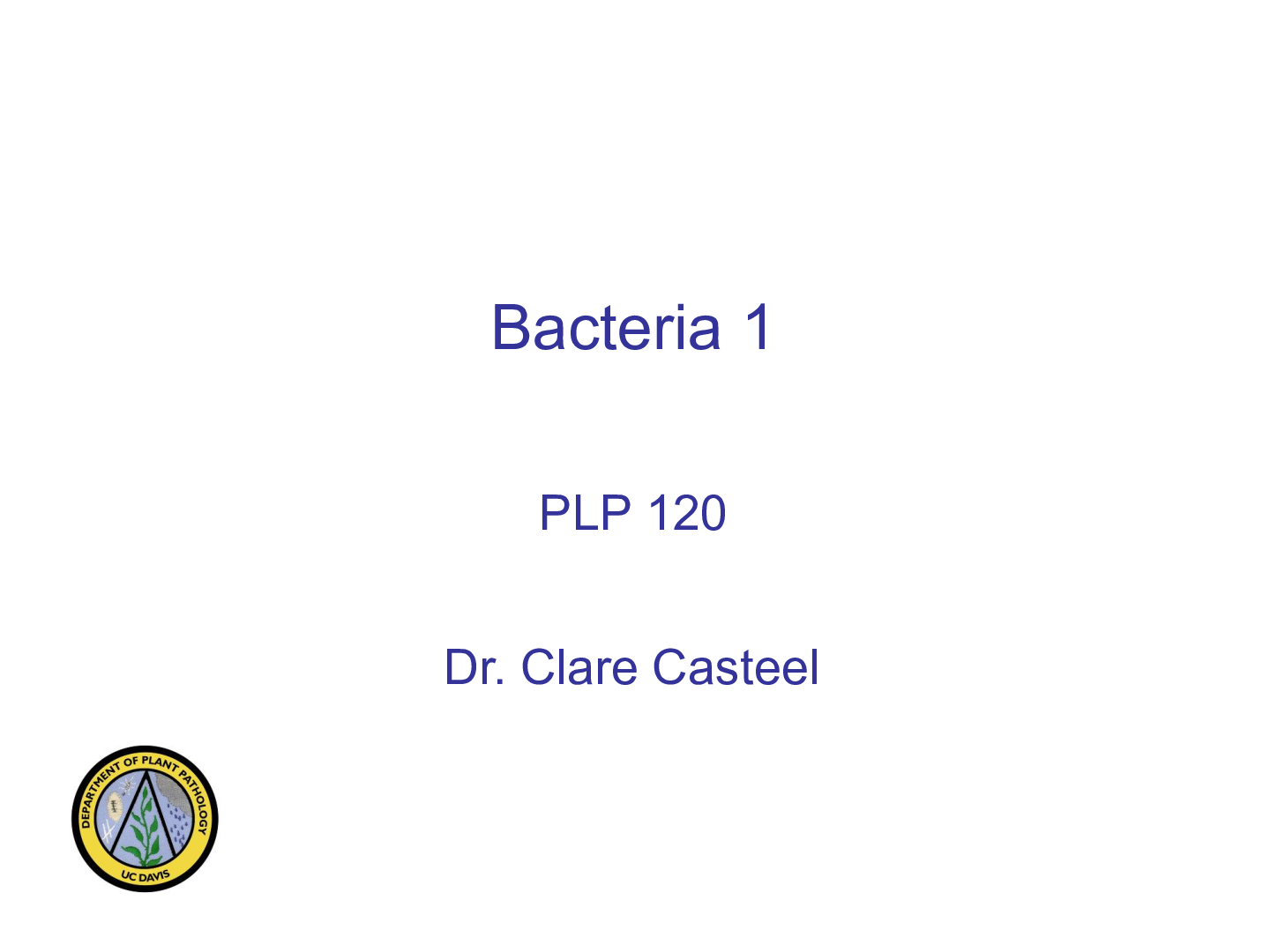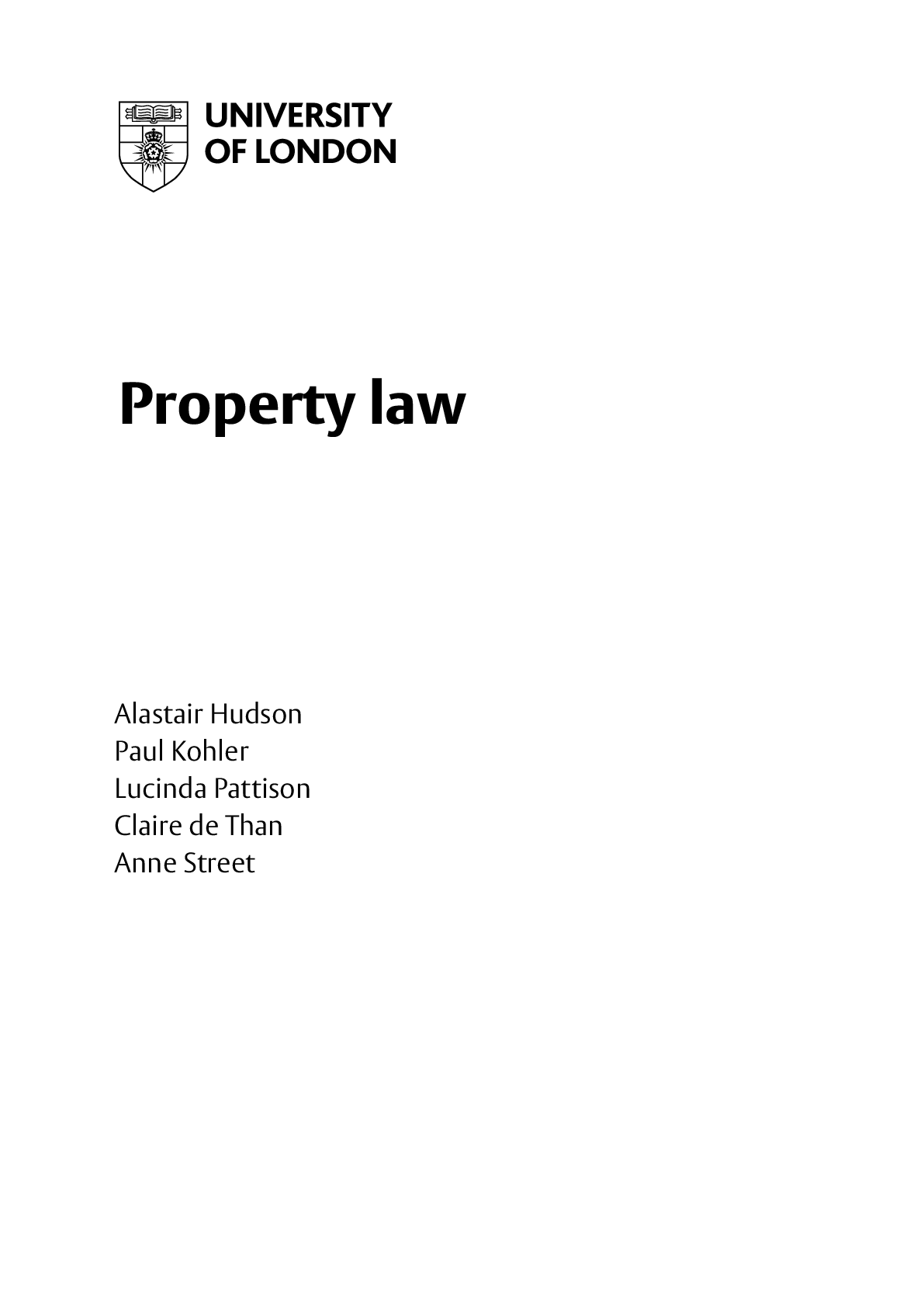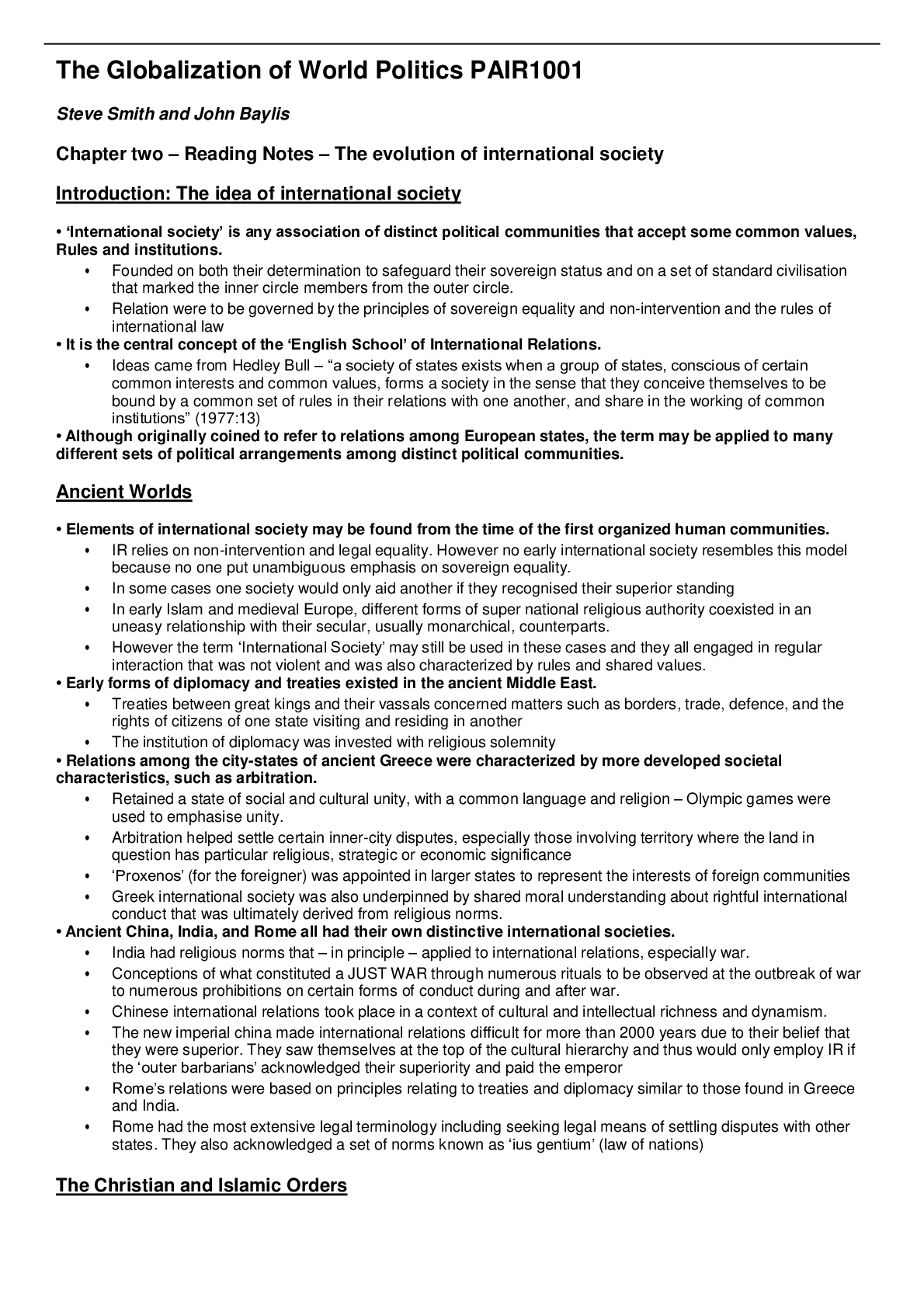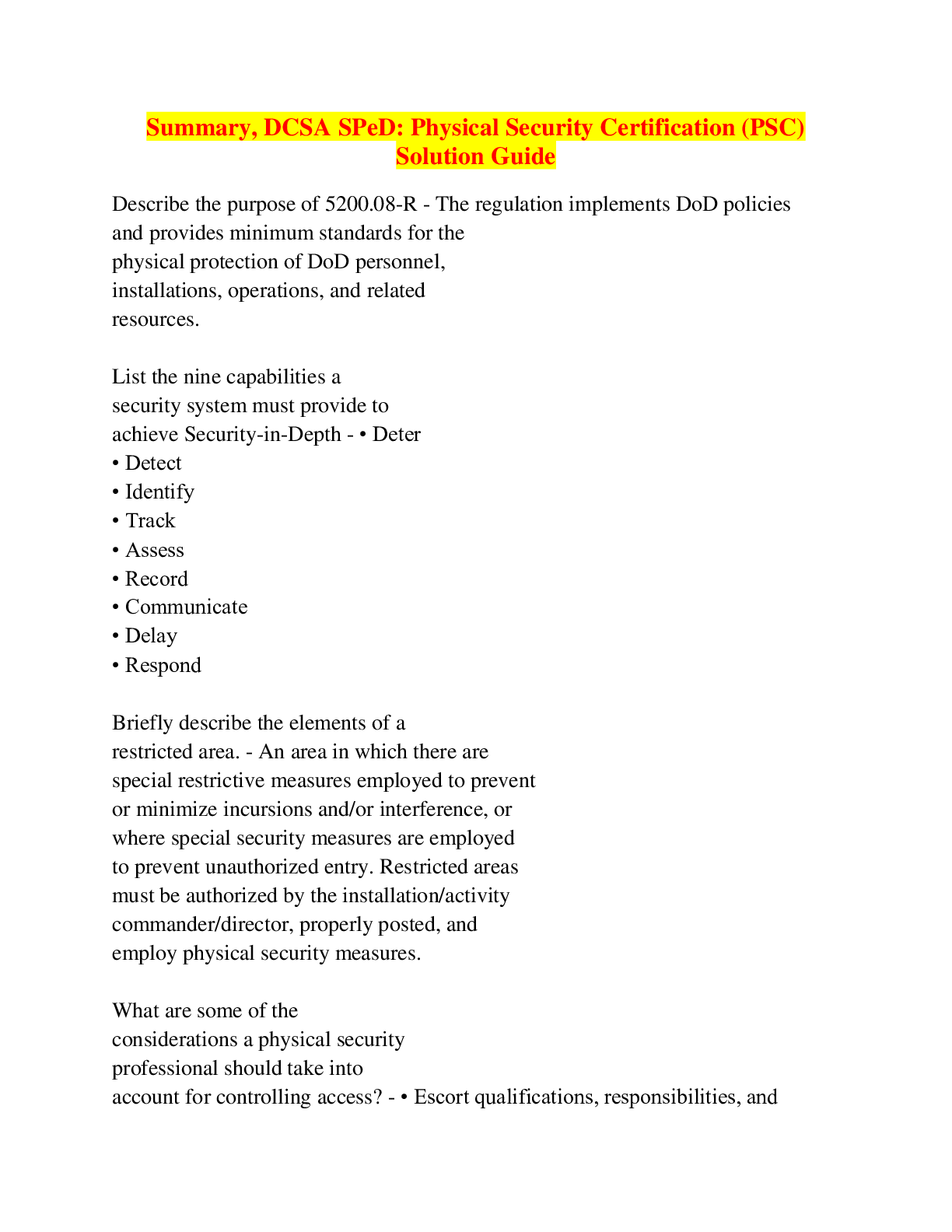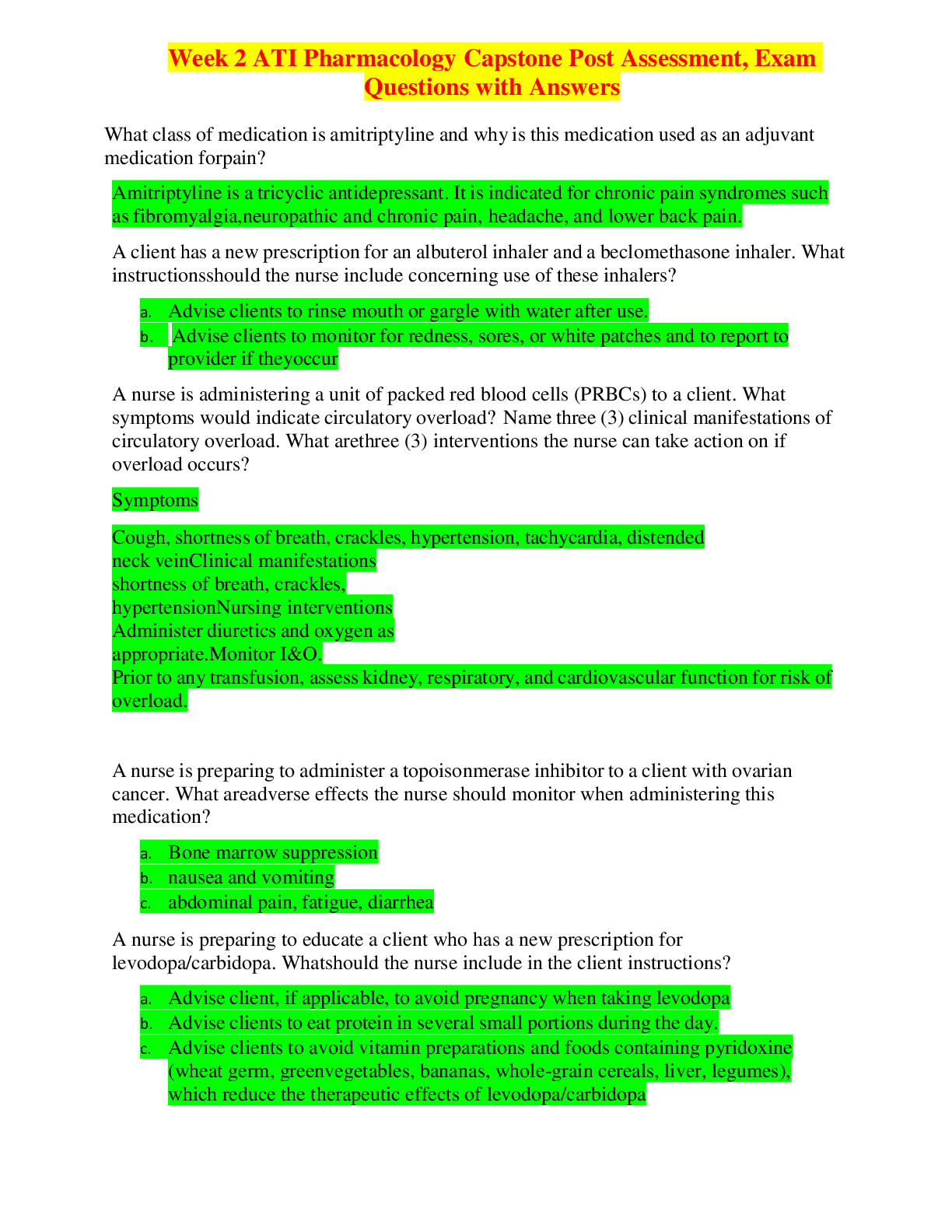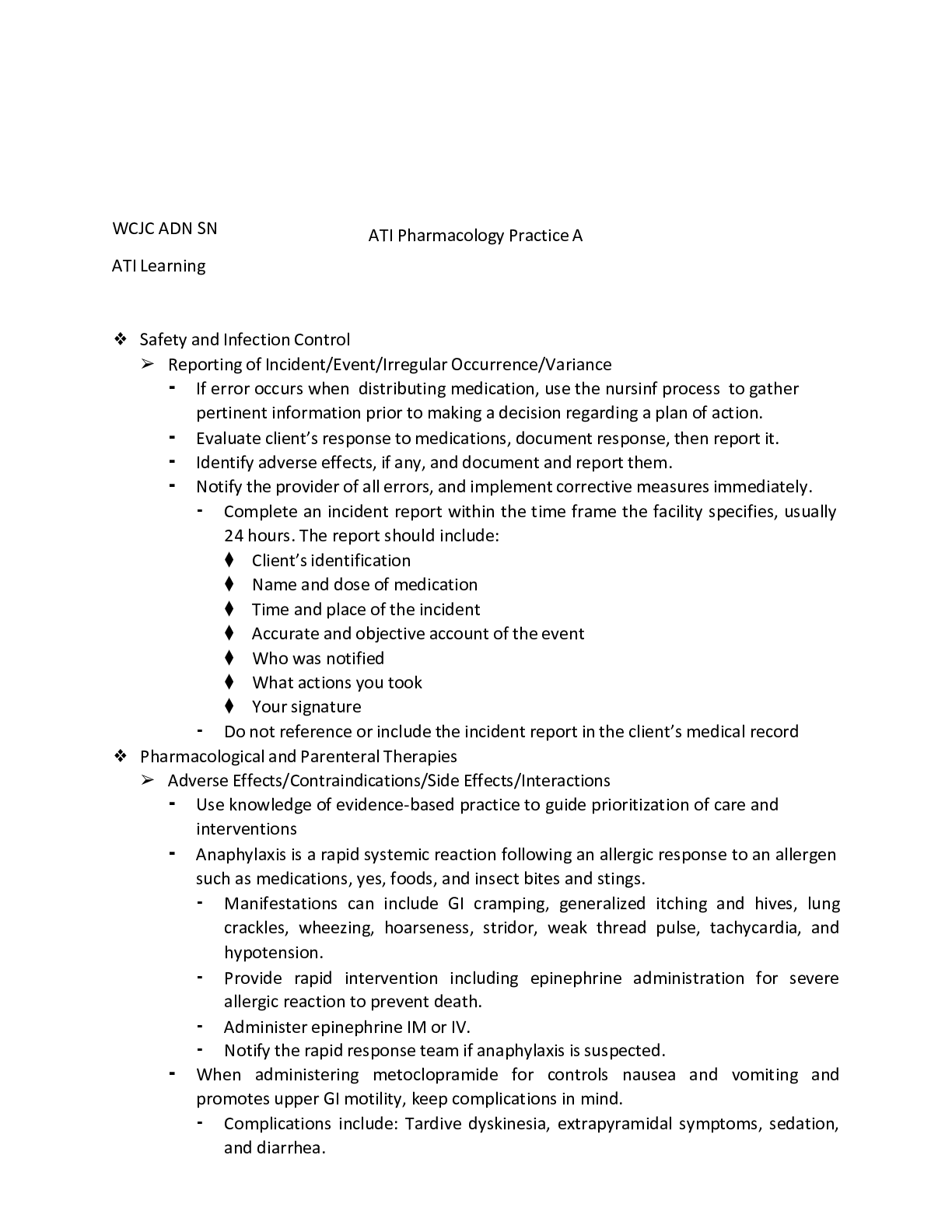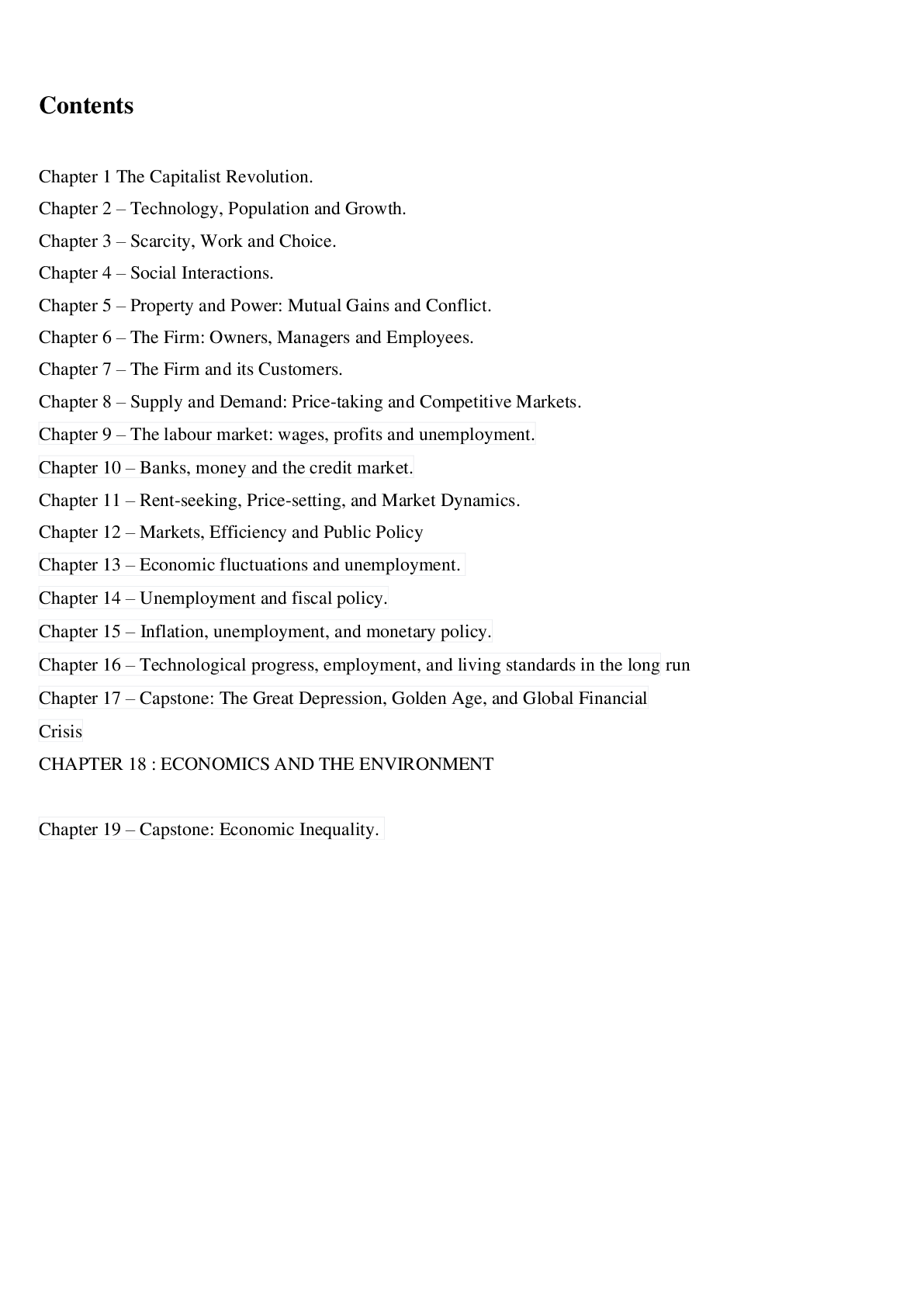Information Technology > Summary > Mapa Institute of Technology - GED 104MODULE-2-GED104 (All)
Mapa Institute of Technology - GED 104MODULE-2-GED104
Document Content and Description Below
SCIENCE, TECHNOLOGY and SOCIETY Section II: Science, Technology and Society and the Human Condition Aileen D. Nieva Edward Jay M. Quinto Description • introduces students to a number of rel ... evant and timely philosophical foundations aimed at a multidisciplinary and critical examination of the functions, roles, and impacts of science and technology in society • The section is divided into five units • These units aim to provide students with cogent and comprehensive knowledge on the human person flourishing in terms of science and technology Chapter Objectives At the end of this section, the students must be able: 1. to critically examine the human condition 2. to critically examine the human flourishing 3. to critically examine the good life vis-à-vis progress in science and technology. Contents Unit 1: Technology as a Way of Revealing Unit 2: Human Flourishing in Progress and Development Unit 3: The Good Life Unit 4: When Technology and Humanity Cross Unit 5: Why Does the Future Not Need Us Unit 1: Technology as a Way of Revealing Unit 1: Introduction: S&T This unit discusses: 1. the essence of technology based on an indepth discussion and analysis of Martin Heidegger’s work entitled, ‘The Question Concerning Technology’ 2. the unit shall be questioning concerning technology 3. It subjects the students into a discussion of the key concepts related to Heidegger’s work and how these concepts relate to our understanding of the essence of technology Intended Learning Outcomes: At the end of this Unit, students are expected to demonstrate the following: 1. Differentiate the essences of technology and modern technology. 2. Discuss and illustrate the danger of modern technology. 3. Explain art as saving power of modern technology. Diagnostics: Learning Checkpoint 1 Instruction: Rate the extent of your agreement to the following statements using the Osgood scale. You are also given space to write any comment to further clarify your response. Statements Agree Disagree Comments (if any) Technology is a means to an end. 7 6 5 4 3 2 1 Technology is a human activity. 7 6 5 4 3 2 1 Poetry is technology. 7 6 5 4 3 2 1 Modern technology is impatient and violent. 7 6 5 4 3 2 1 Nature is a standing-reserve. 7 6 5 4 3 2 1 Man is an instrument of the exploitation of nature. 7 6 5 4 3 2 1 Man is in danger of being swallowed by technology. 7 6 5 4 3 2 1 There is a saving power or a ‘way out’ of the danger of technology. 7 6 5 4 3 2 1 Art may be the saving power. 7 6 5 4 3 2 1 Discussion • At A Glance: Who is Martin Heidegger? • It is widely recognized that Martin Heidegger (1889-1976) is one of the most important philosophers of the 20th century, while being considered one of the most controversial as well. • “His stern opposition to positivism and technological world domination received unequivocal support from leading postmodern theorists of the time, including Jacques Derrida, Michel Foucault, and Jean-François Lyotard. • In 1933, he joined Adolf Hitler’s National Socialist German Workers’ Party (NSDAP). Discussion • To know more about the life and philosophy of Martin Heidegger, you will watch a five-minute YouTube® Video entitled, ‘The Philosophy of Martin Heidegger.’ Alternatively, it can be accessed in this link: https://www.youtube.com /watch? v=Br1sGrA7XTU. This can be done as a group in class, if internet access is available, or individually as an added out-of-class work. • Remember, it is important to understand basic concepts related to Martin Heidegger’s philosophy in order to better make sense of his work, ‘The Question Concerning Technology.’ Human Flourishing in Science and Technology • Science and Technology have seeped into people’s everyday living • The essence of technology is captured when ‘what’ technology is questioned. In his treatise entitled, ‘The Question Concerning Technology’, Martin Heidegger explains two widely embraced definitions of technology: (1) instrumental and (2) anthropological. 1. Instrumental Definition: Technology as a means to an end Technology is not an end in itself. Instead, it is a means to an end. Along this line, technology is viewed as a tool available for individuals, groups, and societies who desire to make an impact. How technology is used varies from individual to individual, groups to groups, and societies to societies according to their individual and collective functions, goals, and aspirations. While technology is omnipresent, what it is for requires paying attention to how humans use it as a means to an end. In this sense, technology is defined as an instrument and is aimed at getting things done. Human Flourishing in Science and Technology 2. Anthropological Definition: Technology as a human activity Alternatively, technology can also be defined as a human activity. It is a human activity, because to achieve an end and produce and use means to an end is, by itself, a human activity. The production or invention of technological equipment, tools, and machines, the products and inventions themselves, and the purpose and functions they serve all belong to ‘what’ technology is. • Both definitions, i.e., instrumental and anthropological, are correct. However, neither touches on the true essence of technology. To access the true essence of technology, one must necessarily go back to the Ancient Greek principle of causality. [Show More]
Last updated: 3 years ago
Preview 1 out of 83 pages

Buy this document to get the full access instantly
Instant Download Access after purchase
Buy NowInstant download
We Accept:

Reviews( 0 )
$8.00
Can't find what you want? Try our AI powered Search
Document information
Connected school, study & course
About the document
Uploaded On
Apr 17, 2021
Number of pages
83
Written in
All
Additional information
This document has been written for:
Uploaded
Apr 17, 2021
Downloads
0
Views
221

